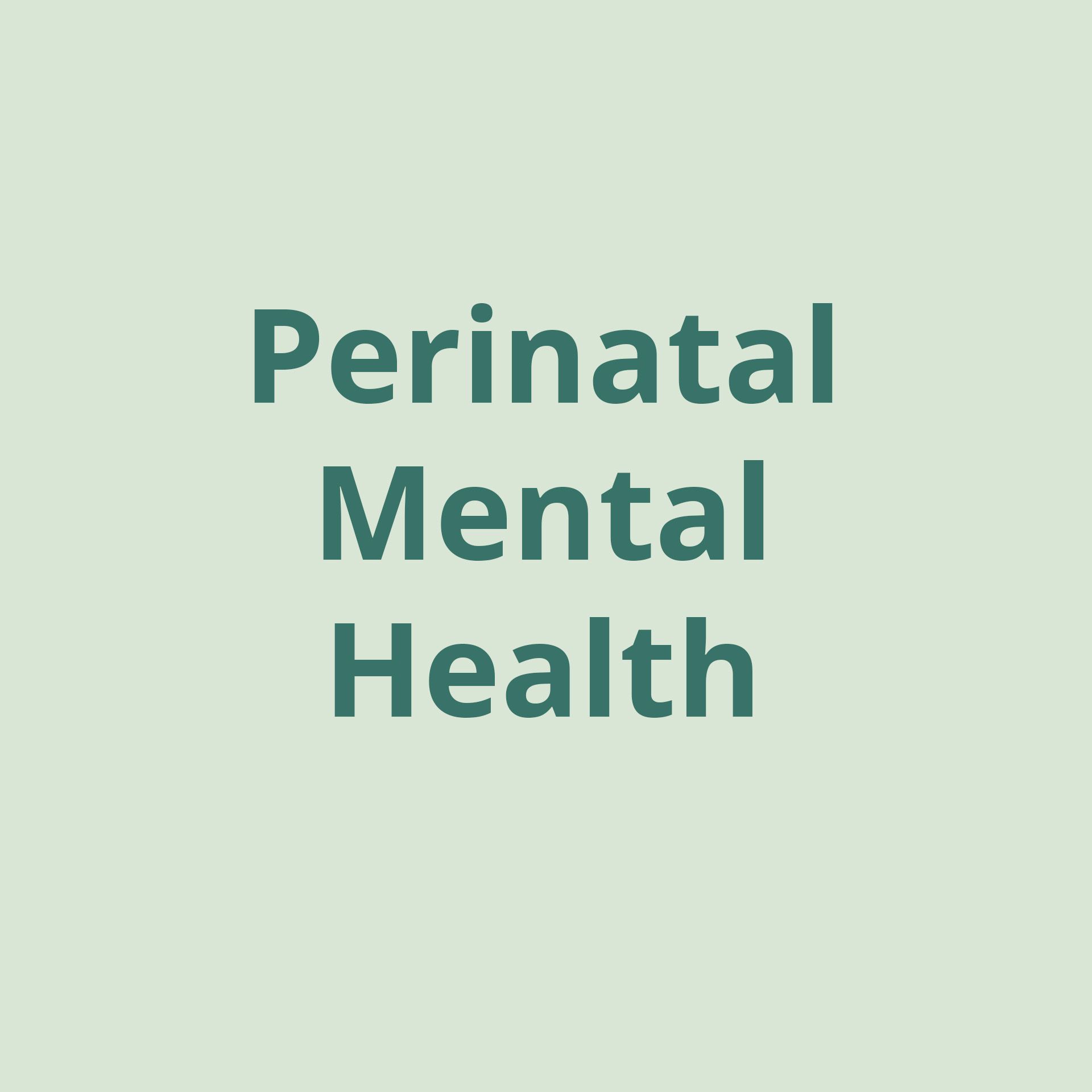If We Want to Save Children, We have to Save Women: A Call to Action From Founder and CEO of Thrive Wellness Kat Geiger, LCSW, CEDS, PHM-C

By Thrive Wellness Reno’s CEO and Founder Kat Geiger, LCSW, CEDS, PHM-C
We need to talk about postpartum mental health. In the wake of the tragedy that occurred within the Clancy family from Massachusetts- resulting in the deaths of the three Clancy children, and the paralyzation of Lindsay Clancy- a conversation about postpartum and perinatal mental health is pertinent and long overdue. I will not pretend to understand what happened on January 24, 2023 in the mind of this 32 year-old labor and delivery nurse and mom of three. News sources are reporting that she was diagnosed with generalized anxiety disorder and postpartum depression. Her diary revealed that she was experiencing suicidal thoughts occurring regularly and at least one thought of killing her children for the month prior to killing them.
How did we fail her? How are we as a society not able to identify, treat, and support women like Lindsay in their parenting, in their suffering? In not normalizing the experience of depression during the postpartum and perinatal period and the grieving of the storybook expectation that we have placed on women unabashedly during this time of their lives? What happened within the Postpartum depression is common, with approximately fifteen percent of women qualifying for a diagnosis. Clancy family is extremely rare. Postpartum psychosis, however, is less common, with 2.6 out of 1000 women qualifying for a diagnosis. Only four percent of those women kill their children. Five percent die by suicide. What can we do to take steps toward preventing these rare tragedies? If we want to save children, we have to save women.
First, we must EDUCATE.
Educate ourselves on how common the emotions of dissatisfaction, sadness, and disappointment are during the perinatal period toward our roles as parents, toward our partners, and even toward our children. We experience these emotions alongside mourning the loss of many of our other roles as professionals, experts, friends, and lovers. We feel guilt and shame about the unanticipated emotions we go through during this joyous period. Performative joy becomes a priority; we bury the guilt and shame deep down inside, only allowing others to see the emotions we believe we “should” feel during this time and in so doing, sidestepping our own desperate need for authentic connection.
We must educate not only ourselves, but others on how frequently the rupture and repair process occurs within marriages during this time period. It isn’t Disneyland. Often relationships with other family members change during this time period as well. Suddenly, our relative who smokes isn’t allowed in to see the baby if the smell of cigarettes accompanies them; our relative who refuses to mask isn’t allowed to hold the baby. We become frustrated with our older children for taking more attention during this time or being too loud or rough with the baby. All of these experiences are to be expected.
We must also educate ourselves on the frequency of perinatal mood, anxiety, and bipolar disorders instead of embracing the false belief that these disorders are rare. While five out of every 100 people have natural blond hair in the U.S.- 15 women out of every 100 experience postpartum depression. It is the most common complication of child bearing. Out of 100 postpartum women, 10 will experience anxiety, nine will experience post traumatic stress disorder, and 2.8 have bipolar disorder.
It is a necessity to educate ourselves to the frequency in which women experience trauma and violence in and around pregnancy and delivery, making them more at risk for mental health struggles. Up to 45% of new mothers report experiencing birth trauma. This and any real or perceived trauma can lead to PTSD. Further, maternal mortality rates are on the rise for all women in the United States, but especially for non-hispanic black women according to the CDC. Despite being one of the wealthiest nations in the world, the United States scores poorly on maternal and infant health indicators. In fact, U.S. infant mortality rate ranks 33rd out of the 35 countries included in the Organization for Economic Cooperation and Development (OECD). Research indicates that this rise in morbidity and mortality for women and infants in the U.S. is due to inequalities in access to healthcare and poverty. Even more distressing, women in the U.S. who are pregnant or who have recently given birth are more likely to be murdered than to die from obstetric causes. These homicides are linked to a deadly mix of intimate partner violence and firearms, according to researchers from Harvard T.H. Chan School of Public Health. It’s no wonder that the very thought of childbearing comes with mixed emotions for women.
Next, we must EQUIP.
So what do we do about this crisis? Understand what is needed to support new parents before, during, and after the birth of a child- ANY child. Not just their first one.
We must equip women with a village: a village, or rather a community, of professional, peer, elder, and family support that they can rely on during the first year of life for a child. Normalize the dependency on this village during this time.
Equip providers offices for universal screening and “screen to treat clinic” functionality. The World Health Organization states: “Supporting good mental health can improve health outcomes, and the quality of maternal and child health services for all women can be improved by creating an environment where they feel safe to discuss any difficulties they are experiencing in a respectful and caring environment that is free from stigmatization.” We must standardize universal depression and anxiety screenings at every perinatal and postpartum appointment as well as each pediatrician visit, every visit for the first year of a child’s life and during gestation.
Numerous national organizations (American College of Obstetricians & Gynecologists, United States Preventive Services Task Force, American Academy of Pediatrics) have endorsed mental health screening during the perinatal period in an effort to improve pregnancy outcomes, such as preterm birth and low birth weight, as well as to improve long-term maternal–child health and wellness (Colorado Department of Public Health and Environment, 2015 ; Committee on Obstetric Practice, 2015 ; Siu et al. 2016 ).
We need to equip women by integrating a therapist specially trained in perinatal mental health into OBGYN offices for seamless integration of care. Obstetrics and gynecology patients have been found to be nearly four times more likely to follow up with behavioral health treatment when services are offered at the same clinic compared to being referred to a clinic that is located outside the OBGYN office setting (Byatt et al. 2013 ; Melville et al. 2014 ; Poleshuck and Woods, 2014 ). A stigma exists among patients regarding the need for mental health care during pregnancy and the postpartum period (Gunn and Blount, 2009 ; Blount, 2013 ; Melville et al. 2014 ). This factor, among others, leads to a large proportion of patients who do not follow through with outside mental health referrals (Kwee and McBride, 2015 ). We must equip women by making it easier for them to seek mental health care in this way.
Equip women by meeting with a mental health provider as a preventative part of their perinatal care.
Equip women by standardizing a perinatal therapist visit in the hospital. Meeting with a perinatal therapist prior to going home with a baby would assist with expectation management of the first few days of parenting a new baby and assist with resource building, ensuring that the client has access to a “village” of support.
All in all we must equip women by normalizing, destigmatizing, and providing perinatal mental health care early and often.
Finally, we must ELEVATE.
Elevate the importance and urgency with which we talk about perinatal mental health.
Elevate the importance of mental health by asking about it early and often. When you visit a friend following the birth of a child, ask how they are doing. Be specific in asking about their mental health. “How are you adjusting to parenthood? How has it impacted you?” If the situation calls for it, or you have a concern, ask a friend “Are you having thoughts about hurting yourself or your baby?” Remind your friend that they are not a bad parent for struggling with those thoughts. Pointing them in the right direction of pursuing therapy and elevating the importance of this by encouraging them to make the call right then and there with you can be life changing.
As providers and as members of society at large, we must demand that our healthcare system does differently. We must demand this through taking up space in the public arena with regard to the maternal mental health issue and its related causes. In demanding legislation changes, openly discussing our own pursuit of therapeutic and mental health support thus destigmatizes it. Standardizing mental health treatment and check ups in the same way we do annual wellness exams for our bodies and finally demanding that our local, national, and international news and media outlets cover women’s mental health at every possible intersection prompts change and not just when a mother kills her children.
We are called to elevate the importance of perinatal mental health by understanding that it is a social justice issue. In bearing children, women are often significantly behind men in terms of wages, accumulation of wealth, education, career advancement, and healthcare equity. This is known as the “Motherhood Penalty.” Hiring managers are less likely to hire mothers compared to women who don’t have kids, and when employers do make an offer to a mother, they offer her a lower salary than they do other women. Men, by contrast, do not suffer a penalty when they become parents. In fact, there’s some evidence of a “fatherhood bonus” in which their earnings actually increase. A study by the Census Bureau researchers found that between two years before the birth of a couple’s first child and a year after, the earnings gap between opposite-sex spouses doubles. The gap continues to grow until that child reaches age 10. Based on a large body of research, we know that lower income is associated with poorer mental health outcomes.
We must elevate this issue by highlighting the necessity of resources that are vital to women’s physical and mental health and not stop talking about this until those resources are a part of standard healthcare. This is a call to representatives, congresspeople, and senators at every level.
Be persistent and unrelenting in resolving issues that contribute to inequalities in healthcare as well as the gender wage gap as these ultimately lead to poor maternal mental health outcomes.
About the Author
Thrive Wellness Reno’s CEO and Founder Kat Geiger, LCSW, CEDS, PHM-C
Kat Geiger, LCSW, CEDS, PMHC, is the founder and CEO of Thrive Wellness — a multidisciplinary team-based clinic specializing in treating perinatal mood and anxiety disorders, eating disorders, obsessive-compulsive disorders, and overall mental, behavioral, and physical health. Kat earned her master’s degree in social work from the University of California, Berkeley, and has twenty years of experience in mental health care. She has served as a mental health tech, therapist, clinical director, executive director, and CEO throughout her career. Her expertise includes treating eating disorders, perinatal mood and anxiety disorders, and obsessive-compulsive disorders, as well as emergency psychiatric intervention and pediatric psychiatric intervention. She has been awarded the 20 under 40 award in Reno, NV. and several other leadership awards throughout her career.








